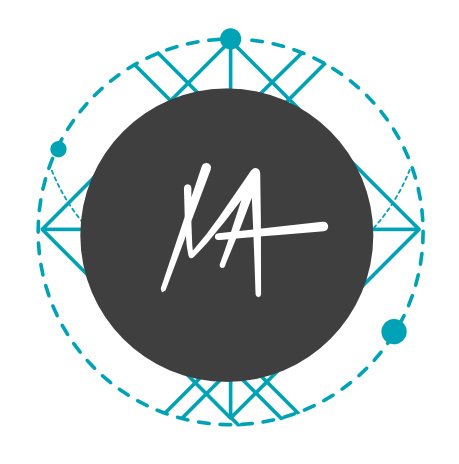 “Magic is a very uncertain art, my dear” Merlin said.
“Magic is a very uncertain art, my dear” Merlin said.
“We always have to leave room for the unexpected.”
– Shannon Swendson, Much Ado About Magic
I read this over my son’s shoulder last night and it got me thinking about an important tension that comes up for many of my clients, which is Planning versus Over-planning in Educational Design.
This tension between planning and leaving room for the unexpected is an eternal challenge that any passionate + dedicated teacher has wrestled with.
And time and time again I have been asked about this when it comes to designing curriculum.
Whether the curriculum is for a teacher training program, an online class, a weekend workshop, or an academic class, the questions often go something like this:
- How much should I plan?
- Do I need to have every moment accounted for?
- What if my students are really engaged at one part and I stop to answer their questions and we get off track in terms of time?
And the answer regarding how much you need to plan and how well accounted for every moment needs to be is, well, it depends.
If you are a Continuing Education Provider and your class or program must meet certain standards, then yes, you need to carefully account for your time in the curriculum.
If this is a stand-alone offering that is not tied to an industry standard, you certainly have more freedom to change, based on the needs and desires of your class.
Regardless of whether you are bound to certain standards of your industry or not, it is always good to take care that any seeming diversion on the learning journey in class remains aligned with your overall Curriculum Promise.
The good news is that when you are in the Curriculum Design (or re-design stage), you have a golden opportunity.
Design Space for Both Magic + Mastery in your Learning Experience.
Literally, create space in your curriculum to leave room for the unexpected challenges, in-the-mud moments, as well as the magic transformative ones. Or as Merlin said in the children’s story above, “leave room for the unexpected.”
So what does Designing Space For Both Magic + Mastery mean in educational design?
- Move beyond information delivery; design your courses with learning in mind.
- Create space for application and engagement.
- Identify major focus points for your official curriculum.
- Create companion teacher curriculum with detailed learning/application options.
- Don’t try to do everything!
Designing Space For Both Magic + Mastery in your educational project will give you and your students the space to DIVE IN and savor those unexpected moments that arise in “uncertain art” of teaching.
And, guess what?! Diving into those magic moments will create happier, more engaged and successful students who rave about your programs and classes because this is where the magic of transformative experience happens, all while staying aligned with your Mission (aka your Curriculum Promise).
Cheers to designing for Mastery + Magic!
